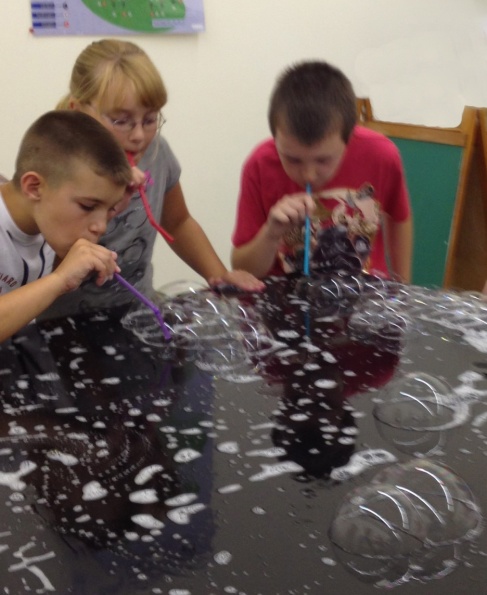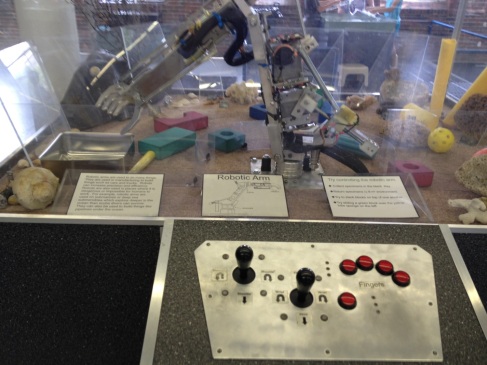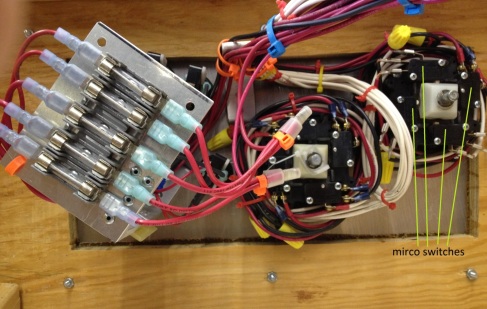Home » Posts tagged 'Manchester' (Page 2)
Tag Archives: Manchester
LEGO® Millyard
By Adele Maurier Operations & Design Assistant
Recently I had to make a few repairs to the LEGO® Millyard Project. I put back together a train car with a crane. This piece is often handled by the public because it is in an area that has a space in the plexi-glass barrier where our staff can work to change out train motors. Why is it so important for this train car to be there? The crane is carrying a turbine and it is located near the building that is cut open for people to see inside. Just adjacent to the train car is a ‘hole’ in the basement of the building where the turbine would be.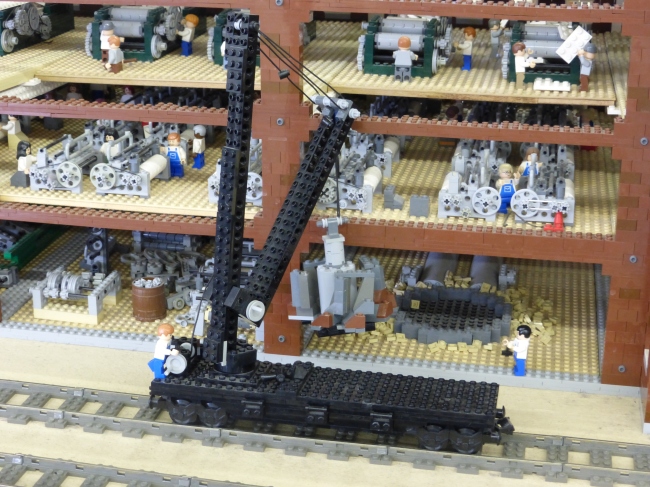
The Amoskeag Manufacturing Company (which our project represents) did not use the old vertical water wheels to power its machinery (pictured below): they used a more sophisticated system for generating water power. The dam sent water into two canals; from the canals, large penstocks brought the water to each building where a water turbine was located in the basement. The turbines were horizontal instead of vertical and they operated underwater so floods could not stop them from turning. The speed would be regulated and the energy would be transmitted to machinery throughout the building by shafts and then belts. The water would continue to flow through penstocks back into the canals and then back to the river. Water supplied an average of more than 16,000 horse power a day to Amoskeag between 1880 and 1912. In later years newer buildings were built to use steam power and then electricity. In 1923 the dam was reconstructed and a hydro-electric plant was built. 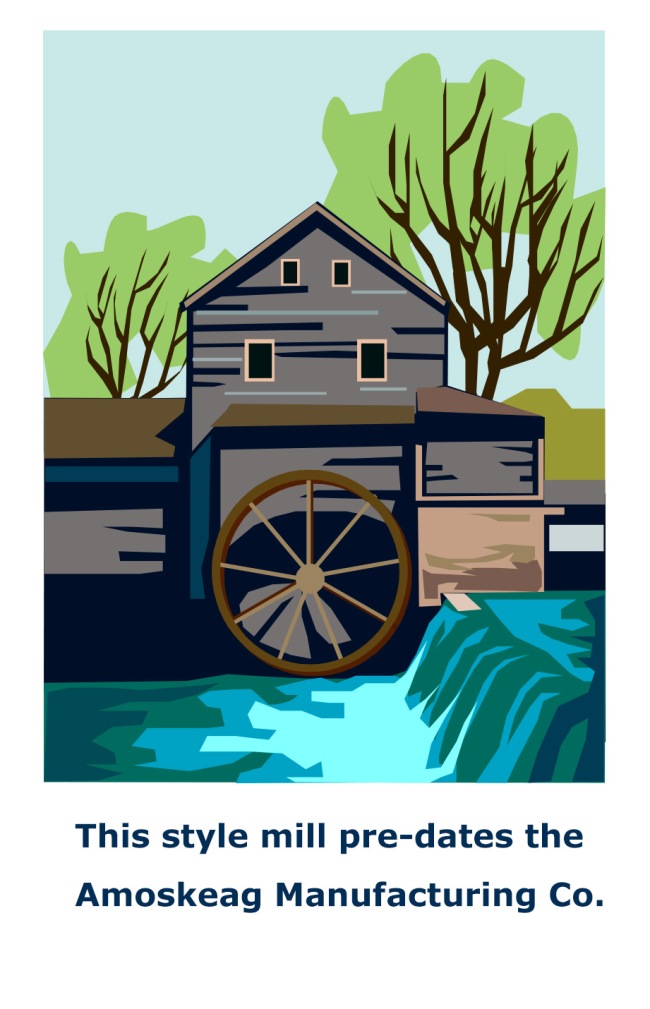
I conduct a field trip program for school groups based on our LEGO® Millyard Project . During the program students build models, look for various details in our project and learn about how technology was used and how scientists and engineers have continued to improve upon technology from the days of Amoskeag ‘till now. 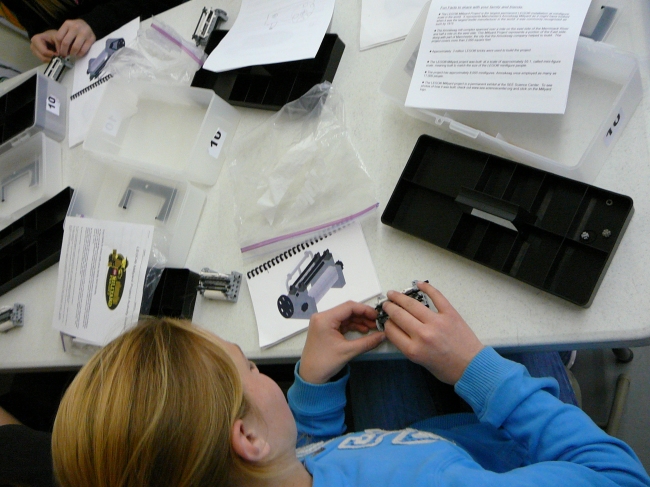
Learn more about the Millyard by visiting SEE and taking a look at the LEGO® Millyard Project (there are always more details to see) and by visiting our neighbor on the first floor: Manchester Historic Association’s Millyard Museum. SEE members receive free admission there and vice versa. You can even see a penstock here in our building!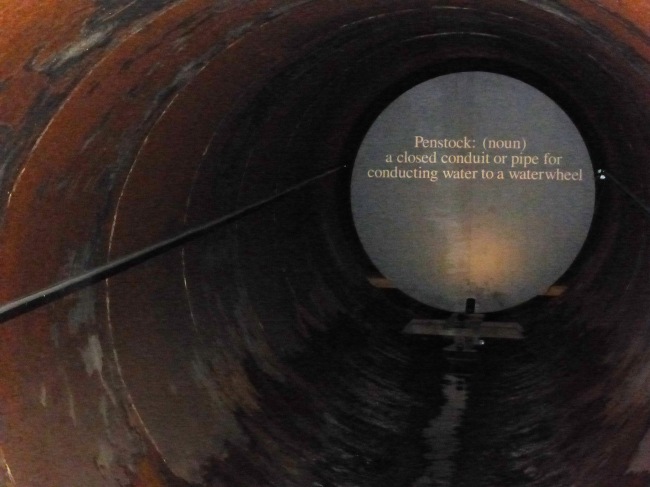
Camp Summer Science Week One comes to an end…
By Becky Mayhew Education & Program Manager
Another busy, hands-on, exhausting, science filled camp week has come to an end. Last week was filled with great activities – dismantling a variety of electronic items, exploring flight and air pressure, creating toys that demonstrated scientific principles – and even more great memories. One camper came to me at the end of every activity block to give me a high five to show me his appreciation. One camper’s creative mind came up with an exhibit prototype that combined history and science creating a science time traveling device. Another camper came to me each day insisting on showing me a new exhibit he discovered in the science center during free explore time (even though I have worked here over twenty years). Our campers were engaged, inventive, sometimes a little loud and crazy, but always fun. I will miss this batch of campers and our week together. Luckily, Camp Summer Science Week 2 starts today!
Up and Running
By Peter Gustafson Development Coordinator
One of the challenges (and joys) of providing a hands-on science center is keeping the exhibits up and running. Our robotic arm (produced by the MRISAR Institute), a very popular exhibit here at SEE, recently needed some attention and it turned out to be a re-occurring problem related to the joystick/controller hardware.
There are a series of micro switches positioned at the directional points (north, south, east, west) for each joystick which, when engaged, activate a series of motors that dictate the movement of the robotic arm. These micro switches have a plastic housing and they are relatively durable. That relative durability is tested here at SEE when exhibits are being manipulated by 80 enthusiastic fourth graders on a daily basis.
This routine maintenance repair became more of a challenge when our usual electrical supply outlet informed us that our current micro switch was discontinued and the replacement model was “unavailable”. It is at these moments when we rely on local businesses like Electronic Surplus Services on Candia Road here in Manchester. They had a similar (not exactly the same, but close enough!) micro switch in stock which is currently being tested for durability by an enthusiastic group of summer campers here at the SEE Science Center.

